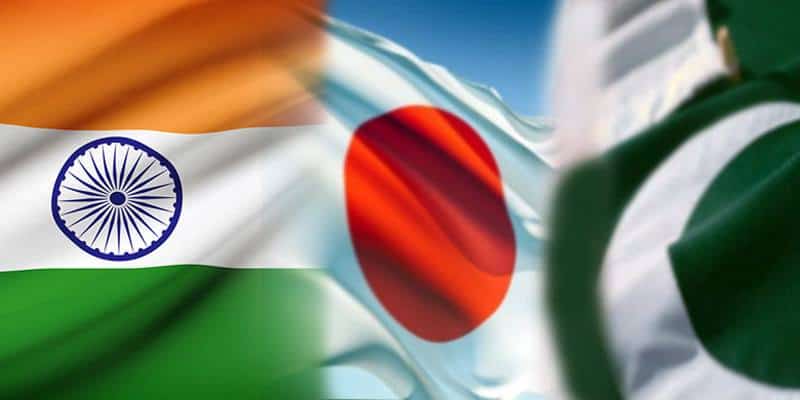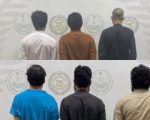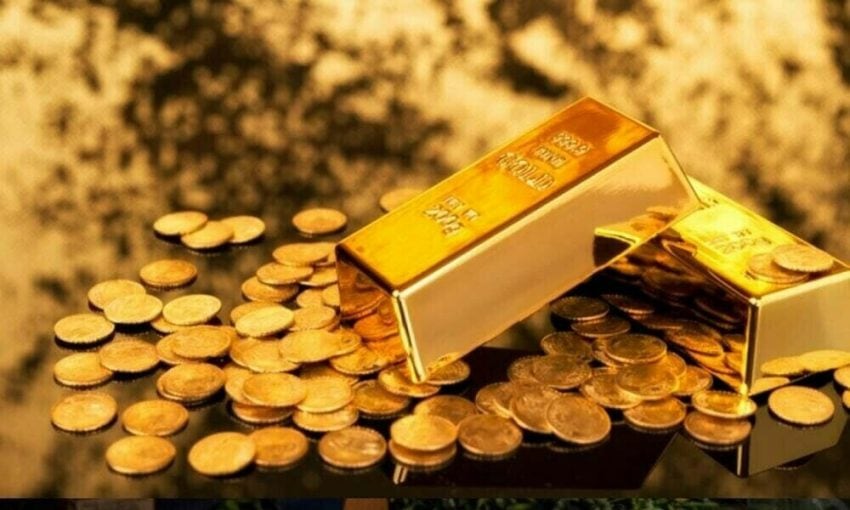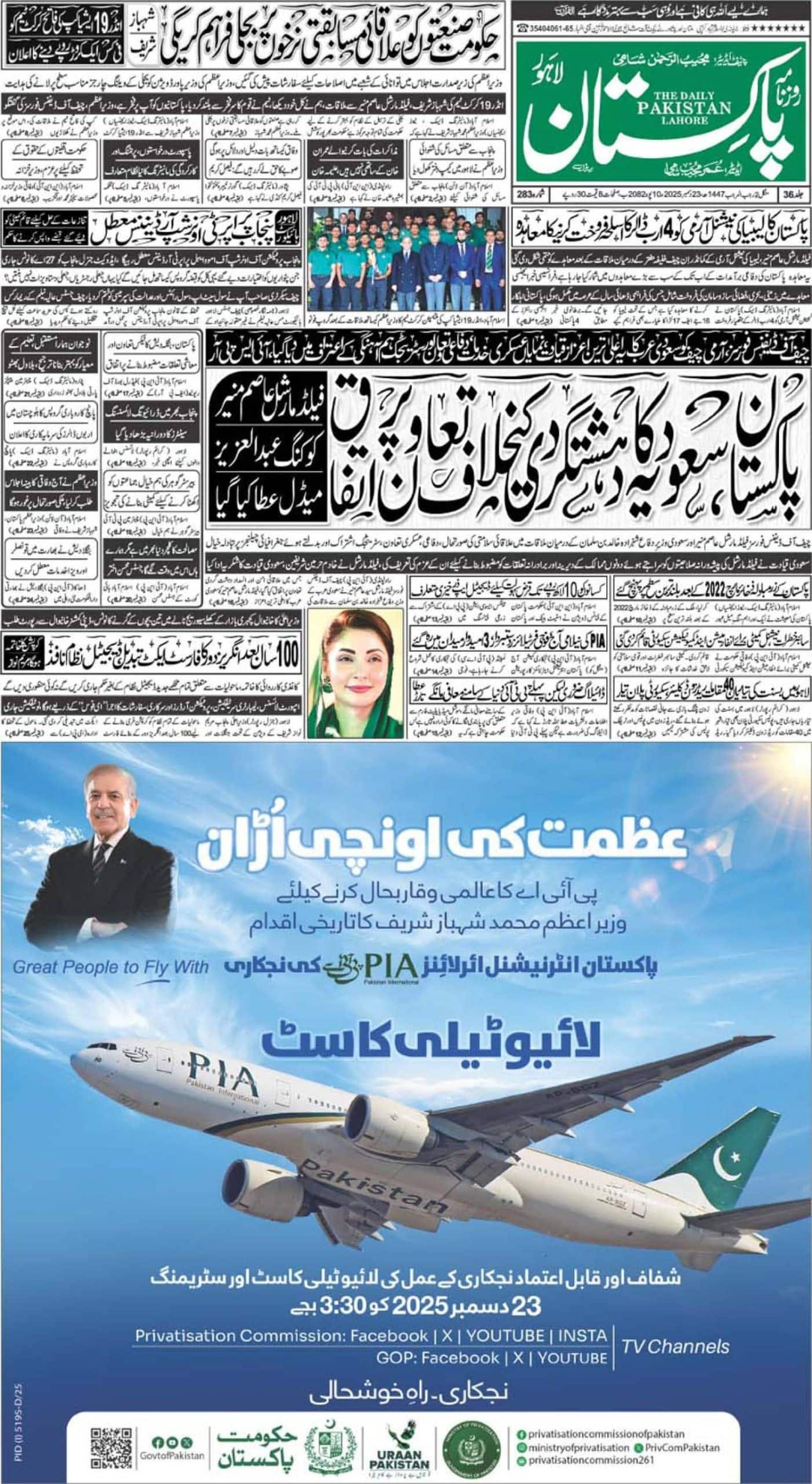Much of the 1970s marked the period of thaw in the Cold War whereby hostility between the capitalist and the communist blocs lessened and confidence-building measures were adopted at various levels. Kremlin and Tokyo attempted to normalize relations while Delhi basked in the glory of their remarkable success in creating Bangladesh. Pakistan, a frontline member of the western bloc, bore the brunt of the fallout from all sides. While the US did not stand by its words, Japan was amongst the first few to acknowledge Dhaka’s new status. Even Pakistan, Japan’s earliest post-war partner, had not formally given up its eastern part yet.
In the years to follow, both continued trade but high level visits became a thing of the past. Bhutto’s anti-capitalist rhetoric was one of the factors that contributed to this situation too. Meanwhile, Japan was shocked by India’s 1974 nuclear test in the Rajasthan desert. It condemned the act while dispatching scientists and high-level officials to Pakistan. Tokyo offered to build several nuclear reactors under the IAEA watch. As an expert in international law, Bhutto had earlier advised Japan against signing Nuclear Non-Proliferation Treaty (NPT) and eventually seek a greater role in Asia-Pacific through partnerships. The island nation was not ready for this daring policy departure from the US. Moreover, Tokyo felt at relative ease with the warmth in relations with Moscow and Beijing. Islamabad’s case was to the contrary. Bhutto’s unheeded advice was fresh in Tokyo’s institutional memory.

As Japan continued to lure Pakistan away from the nuclear option and adopt the civilian route of nuclear energy, Bhutto was heavily distracted by a turbulent political climate. His arrogance and strong-arm tactics furthered stiffened the opposition parties. The talk could not reach fruition. As the US-Soviet mistrust surged again, the Cold War returned with Kremlin’s Afghanistan campaign in 1979. The neighboring superpower with territorial disputes invoked Tokyo’s insecurity, and it turned to Pakistan again for support against raging Soviet military hardware in the rugged Afghan landmass. General Zia welcomed the Japanese support. The Russian bear reaching the coastline of north Arabian Sea was a terrifying idea for the erstwhile superpower’s energy security could have been jeopardized. Somewhere during the 1960s and into the 1970s, Tokyo had even mulled over establishing fuel storage depots in Gwadar.
While the US began to realize the potential of armed opposition that could be offered by Afghan tribesmen against the invading Red Army, General Ziaul Haq toured Japan in July 1983. The week-long visit aimed clearly at reviving ties including strategic cooperation. Prime Minister Yasuhiro Nakasone reciprocated next year in early May to become the first Japanese chief executive to set foot on Pakistani soil in over two decades. Cooperation on Afghan issue apart, Tokyo observed Islamabad’s bids for the nuclear device.
Japan’s drive against nuclear weapons
Since Tokyo toed Washington on almost everything even after the Cold War ended, it’s nervousness about the South Asian nuclear aspiration only surged. The Pressler Amendment was not only a discriminatory US legislation against an ally but also a worldwide warning of Pakistan’s nuclear ambitions. Come early 1990s, the island nation linked official development aid with the atomic program. Nawaz Sharif, the then premier, paid an extensive visit aiming to tempt businessmen and allay the Japanese concerns about the nuclear aspirations. Tokyo remained unconvinced but agreed to encourage Japanese investment. When the Nawaz-led government preferred a South Korean company to the Japanese in contest for the country’s first motorway, many questions arose. The 1990s remained an era marred by Tokyo’s frustration towards South Asia.
Benazir Bhutto’s second visit in 1996, the first being in 1989 on the eve of Emperor Hirohito’s funeral, could not break the ice either. Japan consistently demanded that Pakistan and India sign the NPT. India dragged South Asia to nuclearization on May 14, 1998. A fortnight later, Pakistan followed suit. Japan slapped sanctions on both the nations.
India and Pakistan still remained important for the Asian economic giant, mainly due to business interests. Prime Minister Yoshiro Mori’s visit in 2000 occurred when General Musharraf was the country’s chief executive while the elected prime minister was languishing in Attock jail. A year later, the terrorist attacks on September 11 changed the world’s perception of the entire region. Japan woke up to the challenge of lawless Afghanistan after a decade of slumber. The 2002 Tokyo Conference was indeed a generous and thoughtful move towards addressing Afghanistan’s core issues, except that Washington did not exactly share the perspective of its allies like Japan and Britain.
2005 marked the last time a Japanese premier landed in Islamabad. Two months later, Pakistan’s premier Shaukat Aziz reciprocated the visit. Ever since then, the relations have been shadowed by the narrative of fighting terrorism. Meanwhile, India has managed to intensify a multifaceted engagement including strategic cooperation. On the contrary, Japan-Pakistan security dialogue is dominated by counter-terrorism sans deliberations on any sort of technological transfer or military-to-military relations whatsoever.

Yet, Pakistan remains monopoly for substandard and under-equipped vehicles of Japanese brands i.e. Toyota, Honda and Suzuki. The road safety record of the cars produced under joint ventures has been poor while the price tag remains exorbitant. Under the Nawaz government, foreign investment and boosting exports have not been a priority, barring the special cases of China and Turkey. Thus, Pakistan not only requires a comprehensive review of its trade woes with Japan but across the board. During his four years in the PM office, he neither visited the Land of Rising Sun nor made serious efforts to welcome Abe Shinzo who did fly to India twice.
The China factor in Japan’s relations
Japan and China share a long history of animosity. Even though Japan lost World War II and had to renounce its right to go to war, the gulf between the two Asian neighbors could not be bridged. After the Pakistan-assisted entry to the open world, China’s relations with the West significantly improved, less so with Japan with longstanding territorial disputes and ideological difference loomed large. Bilateral trade notwithstanding, both the Asian giants have become increasingly assertive over the past decade. Meanwhile, Pakistan’s relations with China have been adversely impacting its friendship with Japan.

Throughout much of the Cold War and more so after enactment of the Pressler Amendment in 1985, its geostrategic compulsions in the face of western cold feet pushed Islamabad closer to Beijing. Tokyo preached the pacifist ideology without questioning the anarchist western policies. It is fair to say that the country had little room for daring and proactive policies.
After China’s One Road One Belt initiative, Japan is more cautious than ever about the rival’s military and economic hegemony. Gwadar port connects China to the North Arabian Sea which Japan could have utilized had it adopted prudent policies in the 60s and beyond. Public sector infrastructure development projects have already become public domain, which are mostly awarded without competitive bidding. Additionally, Chinese automobiles along with western brands are soon going to compete with Japanese brands in the Pakistani market. The walkover in favor of Beijing is detrimental for Tokyo’s interest. Over the past two decades, Pakistan-Japan bilateral trade share in accumulative percentage has witnessed a steady decline. Pakistan’s trade deficit surged unimpeded. Besides other factors including import restrictions, Tokyo has preferential trade agreements with ASEAN member countries while Islamabad has shopped more from Chinese manufacturers.
Abe’s quest for regional leadership
Abe has been voted afresh into power today after Liberal Democratic Party outperformed others in snap elections last week. He has led the country since 2012 with his famous three-pronged policy called Abenomics. The country politics may be rowdy and divisive but its economy is no less a challenge.
Abenomics seeks a colossal upsurge in financial stimulus in the economy through public sector spending; reforming and liberalizing the unconventional central bank policy; and last but not the least, continuous structural advances in the economic system. The Japanese leader is criticized that the ‘trickle-down economics’ only worked for the rich. The suicide rate has fallen to the lowest in four decades and unemployment has nosedived from 54 percent in 2001 to 32 percent.
Yet, the economic doctrine is a means for Abe’s to become a regional strongman seeking annul pacifist clauses of the constitution in quest for a globally more assertive Japan. So far, he has attained total control of the party by removing or sidelining critical thinkers within the ranks. Abe is mandated to lead the party till 2021 and by managing to stay in power until then, he would not only become the most powerful but also the longest serving leader of modern Japan.
Two years into power, Abe-led parliament – Diet – lifted a ban on arms export and amended the pacifist provision in the constitution in 2015 to permit military operations abroad. Though no significant arms exports have taken place yet, the country has aroused enormous interest amongst deep-pocketed states. Not only will the arms sales create stable jobs and strengthen the economy but also enable Japan to create a bloc and alliance with the importing nations. The 63-year-old’s next task is to repeal pacifist Article 9, which other segments including the leftists want untouched.
Given the pretty low turnout in last week’s elections, Abe will have to tread carefully in realizing his militaristic ambitions. The public is sensitive towards conflicts and Japan’s role lies beyond self-defense. Besides a mature debate in Diet between the left and right on the subject, Tokyo may have to call a referendum on the fate of Article 9. Abe’s popularity has eroded and the election win is not reflective of his personal charisma but of public thanksgiving for the country’s economic uplift.
In the wake of a referendum on the Japanese equivalent of Brexit, Abe may have a rude awakening. Thus, he may maneuver his way around it inside the parliament.
The North Korean missile over-flights and nuclear testing are bringing Abe’s point home. Earlier, the pretext for depacification was China’s rising economic and military might. Abe’s critics believe that Tokyo has not invested in diplomacy with Beijing enough, as LDP prefers to thrive on fear-mongering.
Prior to Abe, the sentiment to form alliances with major regional powers did exist in Japan. In 2006, it became more pronounced with the Tokyo’s notion of the ‘arc of security and freedom’ that proposed India and Australia as two other partners against China.

Delhi could not have asked for more from the world’s technology leader seeking to ally with her. India successfully negotiated a civil nuclear reactor acquisition and support to join the Nuclear Suppliers Group (NSG) in 2008. Abe found a likeminded statesman in Narendra Modi after his elevation to the prime minister’s office. While Australia has not entered the partnership with as much vigor, India and Japan are aspiring to challenge China in Africa where its development projects have won quite many friends.

Japan’s future vision has no significance for Pakistan, which prefers hyphenated with China now after four decades of the same with America. Being a geographical neighbor, the Sino-Pak relationship is more vital than Cold War-era partnership in the western alliance. Is it worth it for Pakistan to ignore other important regional countries? Japan’s technological expertise assisting India in the military and civilian realm can have game-changing consequences for Pakistan. Whether we talk about the fifth-generation stealth fighter jet or ultra-quite nuclear-powered submarines or electronic warfare, Delhi will have access to it all. In the name of a more muscular policy, the rather far-off Asian giant will be playing with the precarious balance of power in South Asia. Giving a walkover to India in East Asia will prove disastrous for the Islamic republic. Frankly, the lack of vision is not an anomaly in case of East Asia, but it is a pattern that persists in relations with the European Union, the GCC, and the Middle East too.
As for Japan, it is not too late for Pakistan to engage with the government to press upon its anguish at the troubling implications of technology transfer to India. Abe’s popularity and opposition to his worldview offer Islamabad a window to pursue a proactive public diplomacy in Japan. Besides, effective outreach to LDP’s political opponents and civil society can help too. Unlike the public perception, Pakistan has sufficient expertise on East Asia but has not been paid heed to. If Federal Minister Ahsan Iqbal can spare some time soon from lambasting PMLN’s political opponents, he must engage with policymakers in Tokyo.
Sooner than later, Pakistan needs to wean itself from China. Beijing is a very important neighbor and a time-tested ally of Pakistan but not the only friendly country on the planet. Throughout the Cold War, Islamabad has paid the cost of aligning itself too closely with Washington and to an extent with Beijing. In today’s world, every country is for itself, including China. The world is devoid of tightly compartmentalized military or geopolitical alliances. Pakistan has always stood by Japan despite occasional lack of reciprocity. Now is the time for Tokyo to return the favor.
[The article is the second and final one in a two-part series on dynamics of Pakistan-Japan relations. Earlier, Daily Pakistan Global published a two-part analysis of Indo-Japan relations by the same author.]














